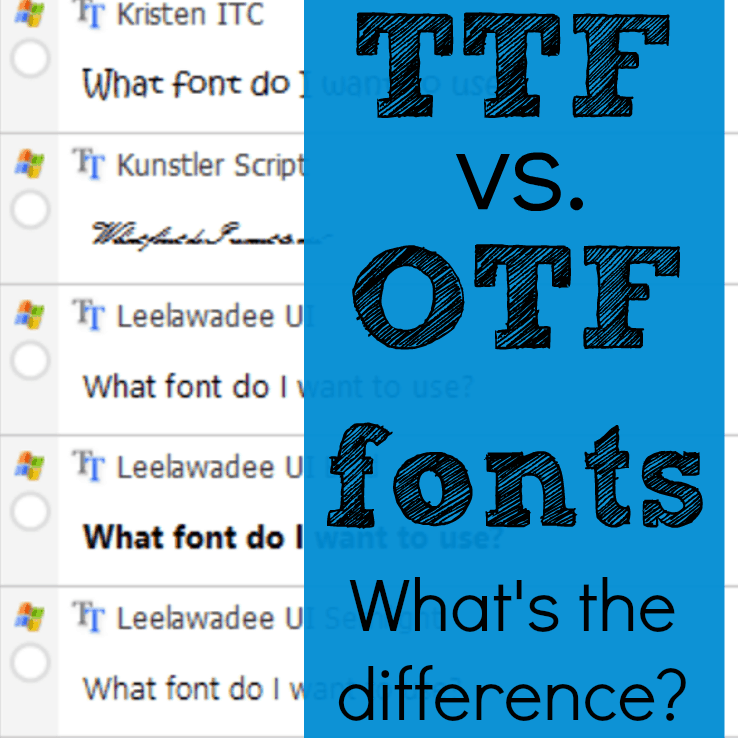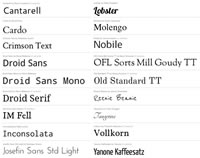


In Windows 10, the Font folder is a specific folder in the Control Panel. Most modern operating systems can tell the difference between a single font and a font family, and group them accordingly. So, for the Arial typeface, the font family contains the font files for Arial (regular), Arial Narrow, Arial Black, Arial Bold, Arial Italic, and Arial Bold Italic. A collection that does include more than one specific style of font is called a font family. Font Family: A Collection of Related FontsĪs mentioned above, the computer file that contains a typeface is a font, but a single file might not contain all of the different glyphs necessary for a complete set of stylistic options in that font, like bold text, italicized text, “black” (extra bold) text, rarely-used foreign characters, and so on. To put it simply: the style of text that you select when you’re writing or designing is the typeface, the file that contains that typeface is the font. You can copy, paste, move, install, and uninstall fonts from your computer, but you don’t call what you’re selecting in your word processor a “font”-it’s a typeface when you’re using it to actually produce something.
DIFFERENCE BETWEEN FONT AND TYPEFACE SOFTWARE
Things are a little more streamlined now-a single font can be sized up or down by publishing software so there’s no need for multiple files at different sizes-but we do need different files for aspects like bold and italicized letters. For any kind of digital writing or publishing, the “font” is the file that contains the typeface, just like the original collection of metal casts. Modern printing and digital publishing doesn’t use these huge, complex collections of movable casts, but the word “font” still refers to the specific mechanism that contains those glyphs. So, the metal casts for “Times New Roman, size 12, regular” would be a different font than “Times New Roman, size 20, bold,” and the typesetter would select them as needed for specific parts of a page. To be even more precise, a specific font was a collection of glyphs in a specific size and weight (bold, italic, etc). In the original, movable type publishing sense, a “font” was a collection of metal casts that contained letters and symbols in specific sizes-all based on the design of the typeface. Font: The Specific Tool (or File) That Contains a Typeface So, the collection of letter shapes that we know of as “Arial” or “Times New Roman” is called a typeface.

The word “typeface” historically refers specifically to the shape and style of the letters, organized into a set based on the alphabet, numbers, and punctuation needed to completely express language. Typeface: The Name of the Stylized Glyphs


 0 kommentar(er)
0 kommentar(er)
